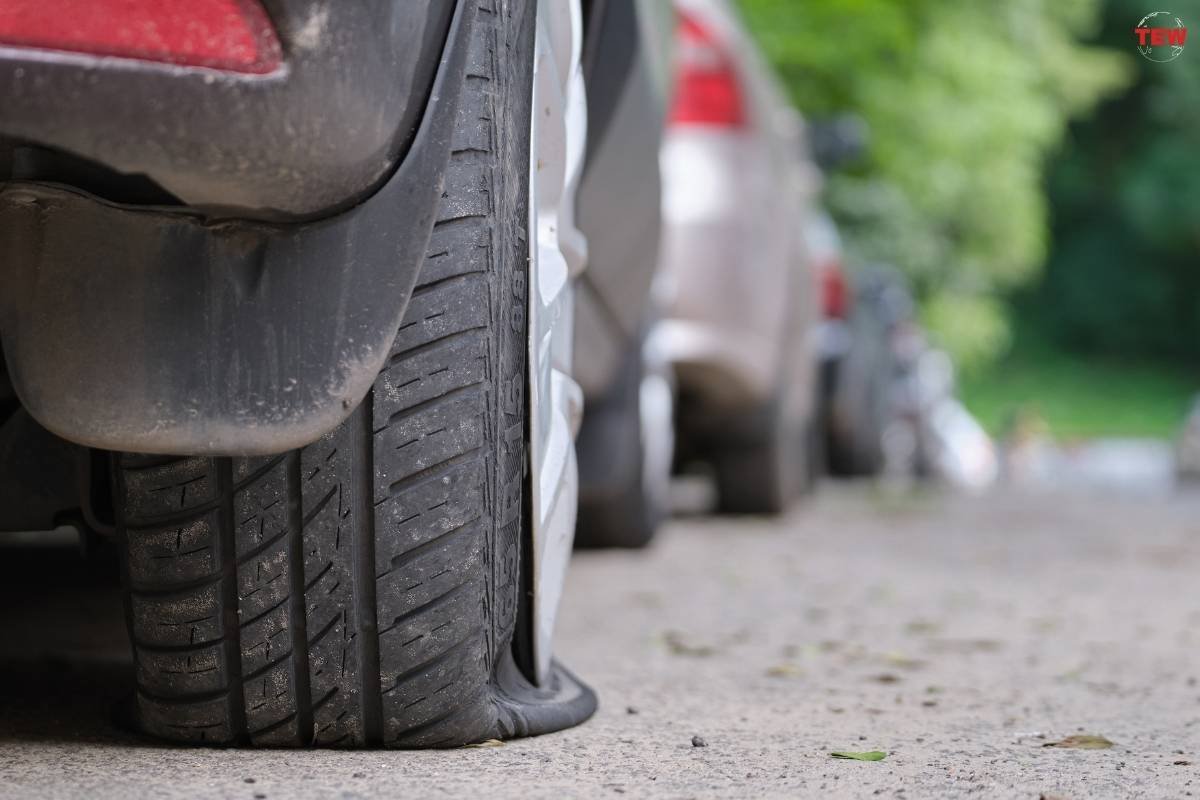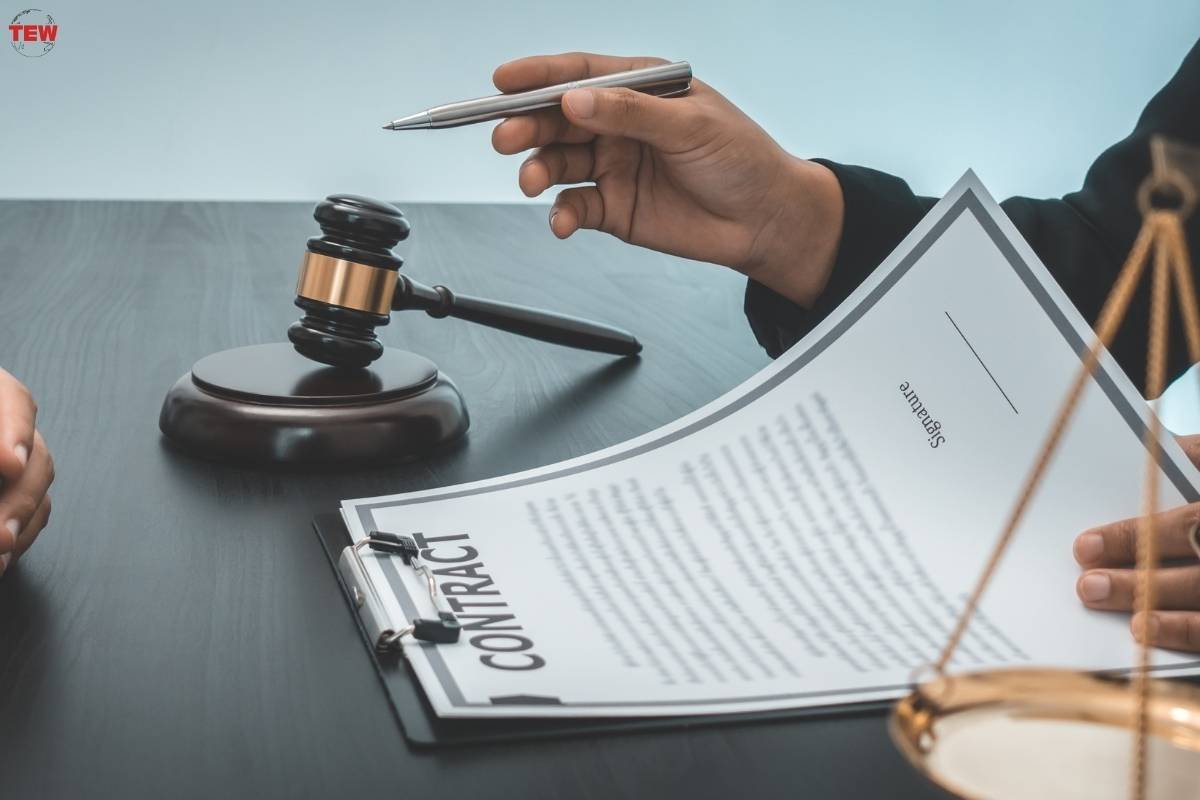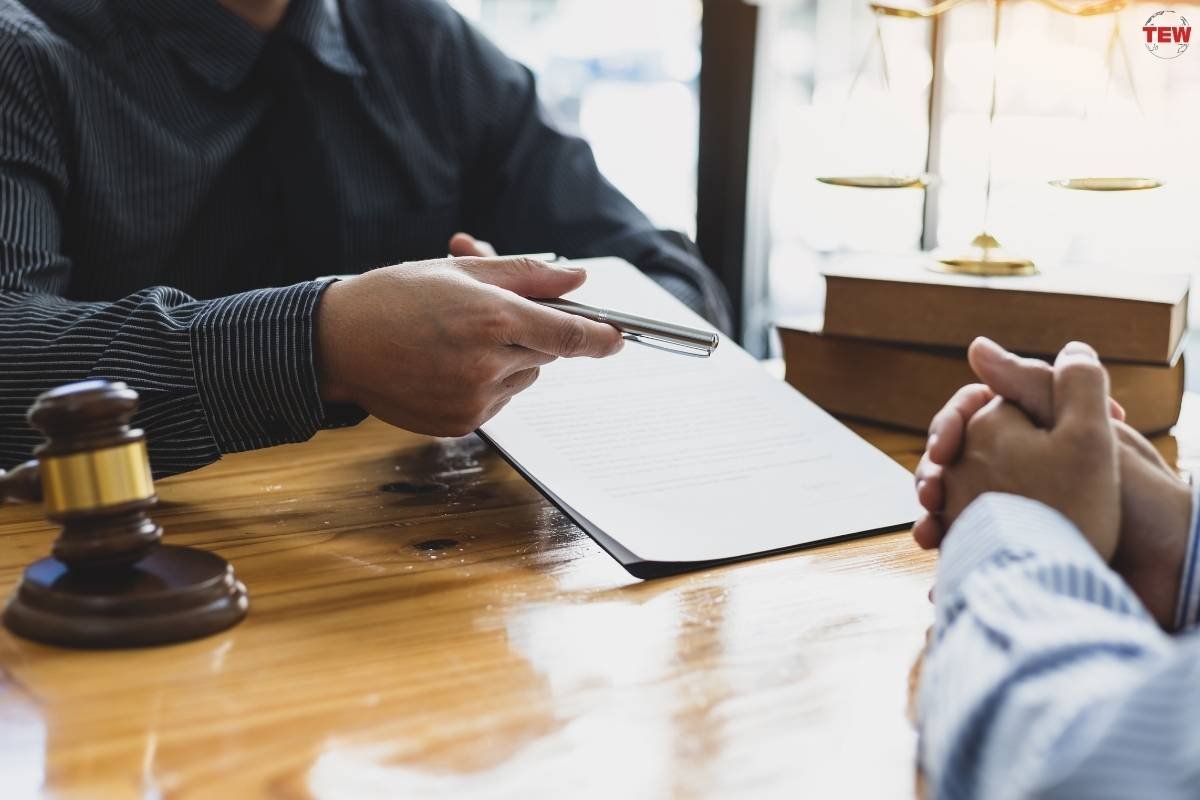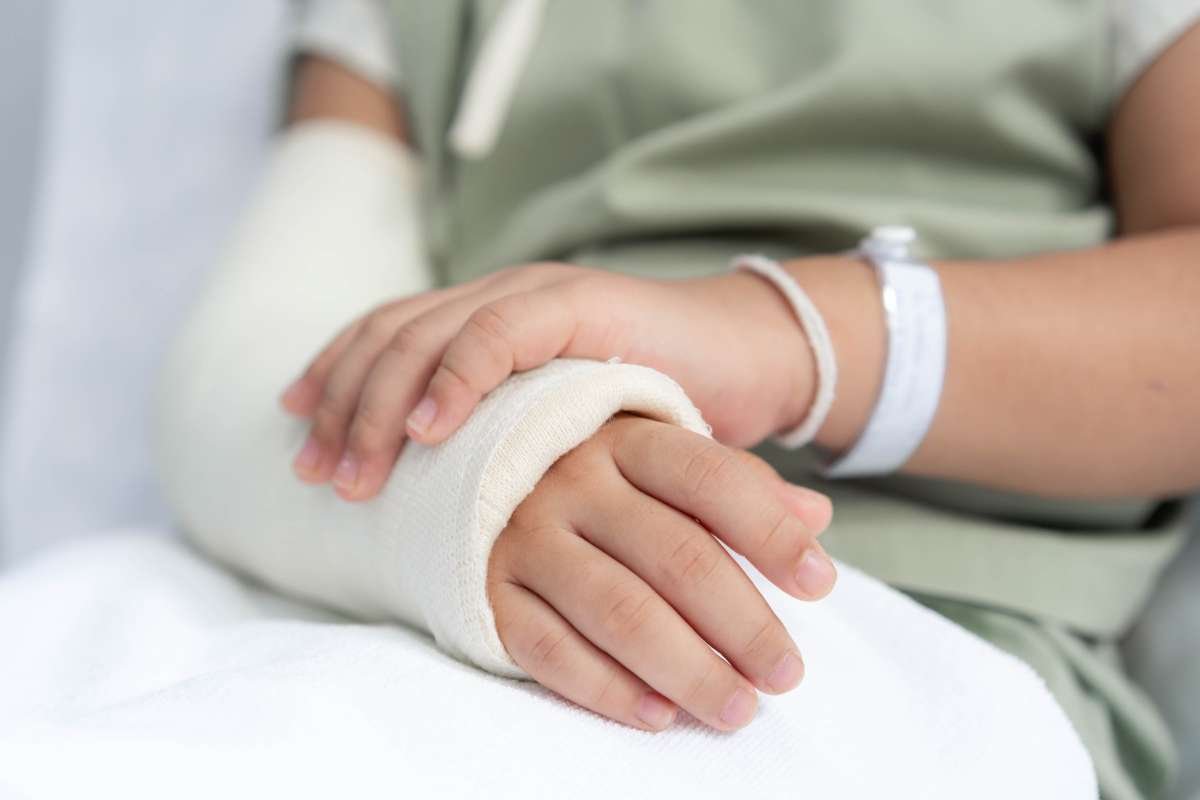In today’s fast-paced market, where new products hit the shelves at an unprecedented rate, the importance of safeguarding consumer rights against defective products cannot be overstated. Product liability lawsuits serve as a critical mechanism in this protective framework, ensuring that the entities behind these products—manufacturers, distributors, and retailers—are held accountable for their safety.
This comprehensive guide helps you to understand product liability lawsuits to protect consumer rights, offering insights into the legal landscape that surrounds defective products.
Understanding Product Liability
Product liability refers to the legal obligation of sellers or manufacturers to ensure their products are safe for consumer use. When products fail this fundamental requirement, resulting in injury or harm, consumers have the right to seek compensation through product liability lawsuits.
These legal actions not only serve to protect individual consumers but also enforce standards of quality and safety across industries.
Types of Product Defects

- Design Defects: Flaws in a product’s design that make it inherently unsafe.
- Manufacturing Defects: Errors that occur during the manufacturing process, leading to unsafe products.
- Marketing Defects: Failures to provide adequate warnings or instructions about the proper use of the product.
The Role of Product Liability Lawsuits in Consumer Protection
1. Holding Companies Accountable
Product liability lawsuits play a pivotal role in holding companies accountable for the safety of their products. By facing financial consequences for negligence, companies are incentivized to adhere to higher standards of product safety and quality control.
2. Compensating the Injured
For individuals harmed by defective products, these lawsuits provide a pathway to compensation for their injuries, including medical expenses, lost wages, and pain and suffering. This compensation is vital for the recovery process, offering financial relief to those impacted by unsafe products.
3. Promoting Transparency and Safety

Through the discovery process in a lawsuit, previously undisclosed information about a product’s safety or the extent of its defects can come to light. This transparency benefits not only the plaintiffs but also the broader consumer base, as it leads to more informed decision-making and, potentially, product recalls or safety improvements.
Understanding the Legal Landscape of Product Liability
1. Understanding Your Rights
The first step in pursuing a product liability lawsuit is to understand your rights as a consumer. Legislation varies by jurisdiction, but generally, consumers are entitled to products that are safe and as advertised.
2. Gathering Evidence
Documenting the defect and its effects is crucial. This includes preserving the defective product, medical records if injuries were sustained, and any communication with the manufacturer or seller about the issue.
3. Seeking Legal Representation
Due to the complex nature of product liability law, consulting with an attorney who specializes in this field is highly recommended. A skilled lawyer can handle the legal system, advocate on your behalf, and maximize your compensation.
4. The Legal Process

The lawsuit process may involve filing a complaint, engaging in discovery (the exchange of information related to the lawsuit), settlement negotiations, and possibly a trial. Each step requires strategic consideration and legal expertise to ensure the best possible outcome.
The Impact of Product Liability Lawsuits on Consumer Rights
1. Setting Precedents
Significant product liability cases often set legal precedents that shape consumer protection law. These precedents can lead to stricter regulations and standards, further safeguarding consumers from defective products.
2. Influencing Product Safety
The potential financial and reputational damage from product liability lawsuits motivates companies to invest in rigorous testing, quality control, and safer product designs. This proactive approach to product safety can prevent harm before it occurs, benefiting consumers at large.
3. Enhancing Consumer Awareness
Product liability lawsuits can raise public awareness about defective products and the risks they pose. This increased awareness encourages consumers to be more vigilant and informed, leading to safer consumer behaviors.
Discover Your Rights in Defective Product Litigation
Handling the complexities of defective product lawsuits requires a deep understanding of legal rights and the complexities involved in proving negligence, alongside managing the demands of lengthy legal processes and potential financial burdens. The ConsumerShield provides essential information and expert insights into the case of defective product lawsuits, offering guidance on legal rights and the procedural landscape.
By accessing a comprehensive suite of resources dedicated to defective product litigation, individuals are empowered to make informed decisions, ensuring they are adequately prepared to face the challenges of the legal system and advocate effectively for their rights.
FAQs:
What qualifies as a defective product?
A defective product is any item that is unsafe for its intended use due to a design flaw, manufacturing error, or inadequate instructions/warnings. These defects can lead to injury or harm when the product is used in a reasonably foreseeable way. To qualify for a product liability lawsuit, the defect must have directly caused damage or injury to the consumer.
How long do I have to file a defective product lawsuit?
The time frame to file a lawsuit, known as the statute of limitations, varies by jurisdiction. Generally, it ranges from one to four years from the date of injury or when the injury was discovered. However, specific time limits depend on state laws, so it’s crucial to consult with a legal professional promptly to ensure your claim is filed within the required period.
Can I sue for a defective product even if I wasn’t the one who purchased it?
Yes, in many cases, you do not need to be the purchaser of the product to file a lawsuit. Product liability laws are designed to protect users, consumers, and sometimes bystanders who are harmed by a defective product.
Conclusion
Product liability lawsuits are the foundation of consumer protection, offering recourse for individuals harmed by defective products and driving improvements in product safety and quality. By holding companies accountable, compensating victims, and fostering a culture of transparency and safety, these legal actions play an essential role in protecting consumer rights.
As consumers, staying informed about product safety and understanding the mechanisms available for recourse are crucial steps in safeguarding our well-being in the consumer marketplace. Remember, in the fight against defective products, knowledge is power, and the law is on your side.






